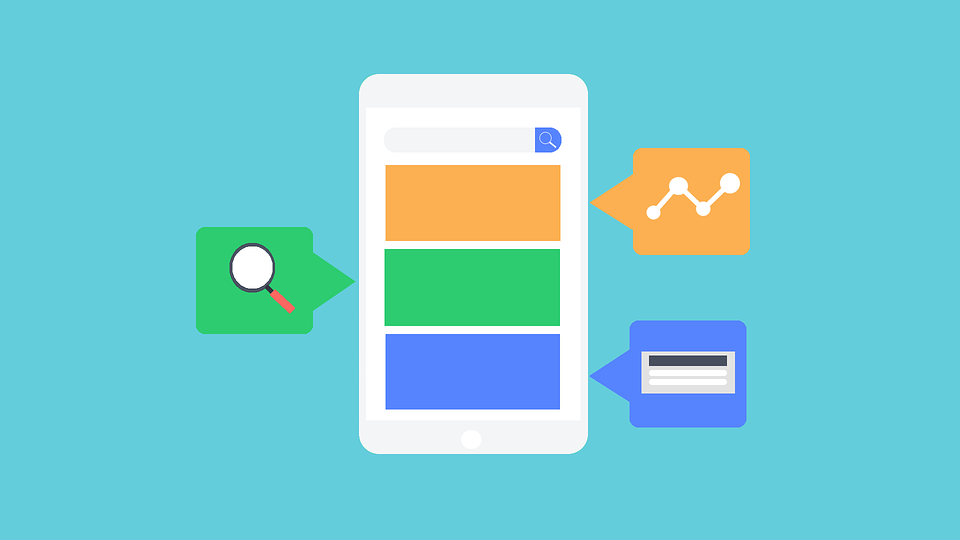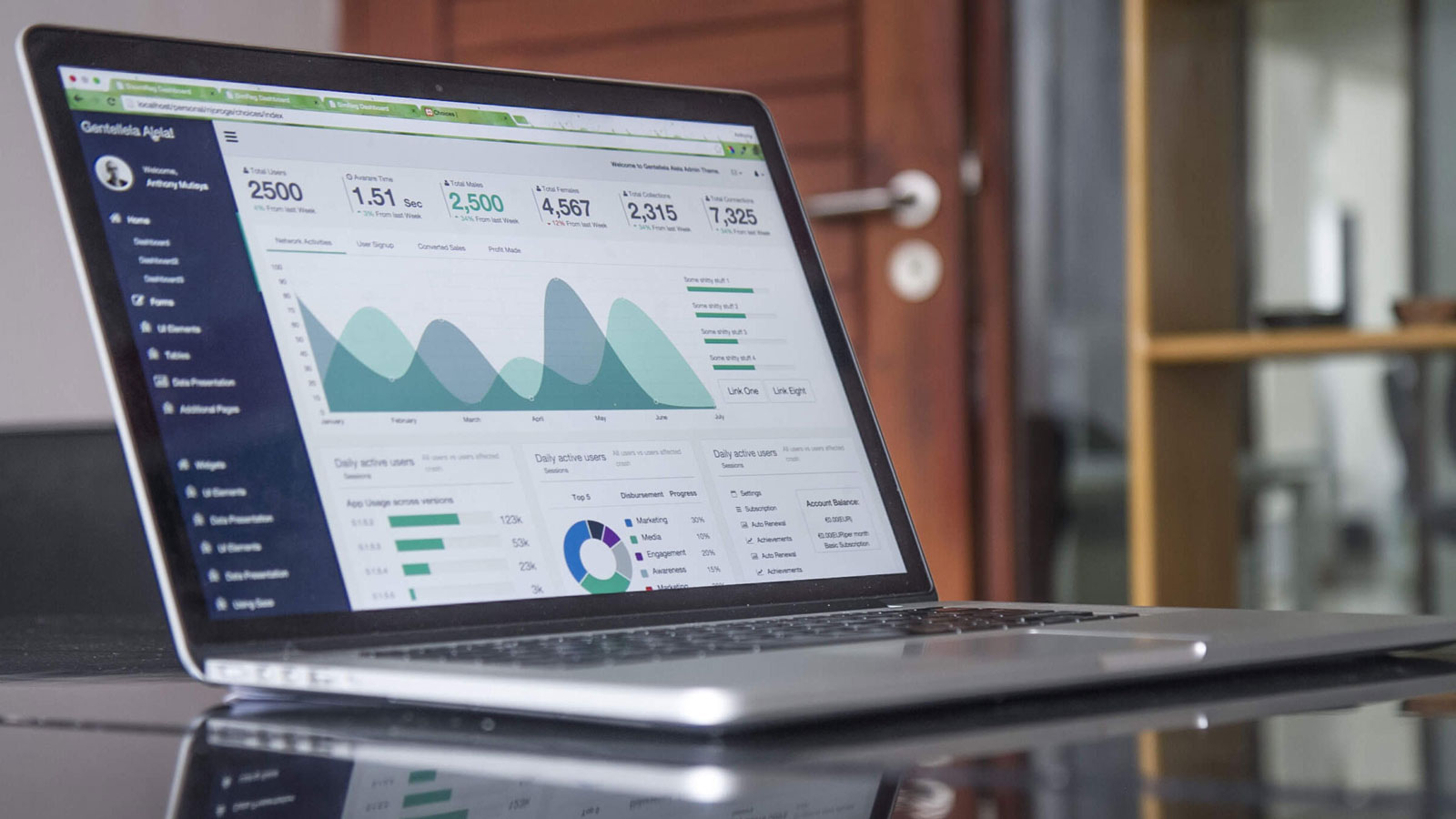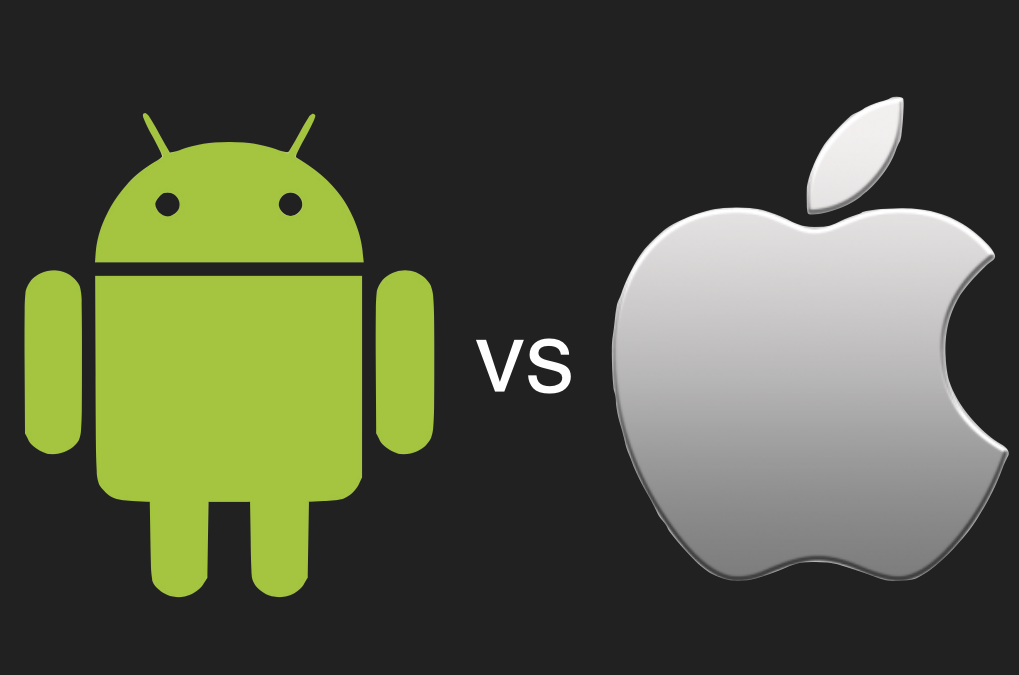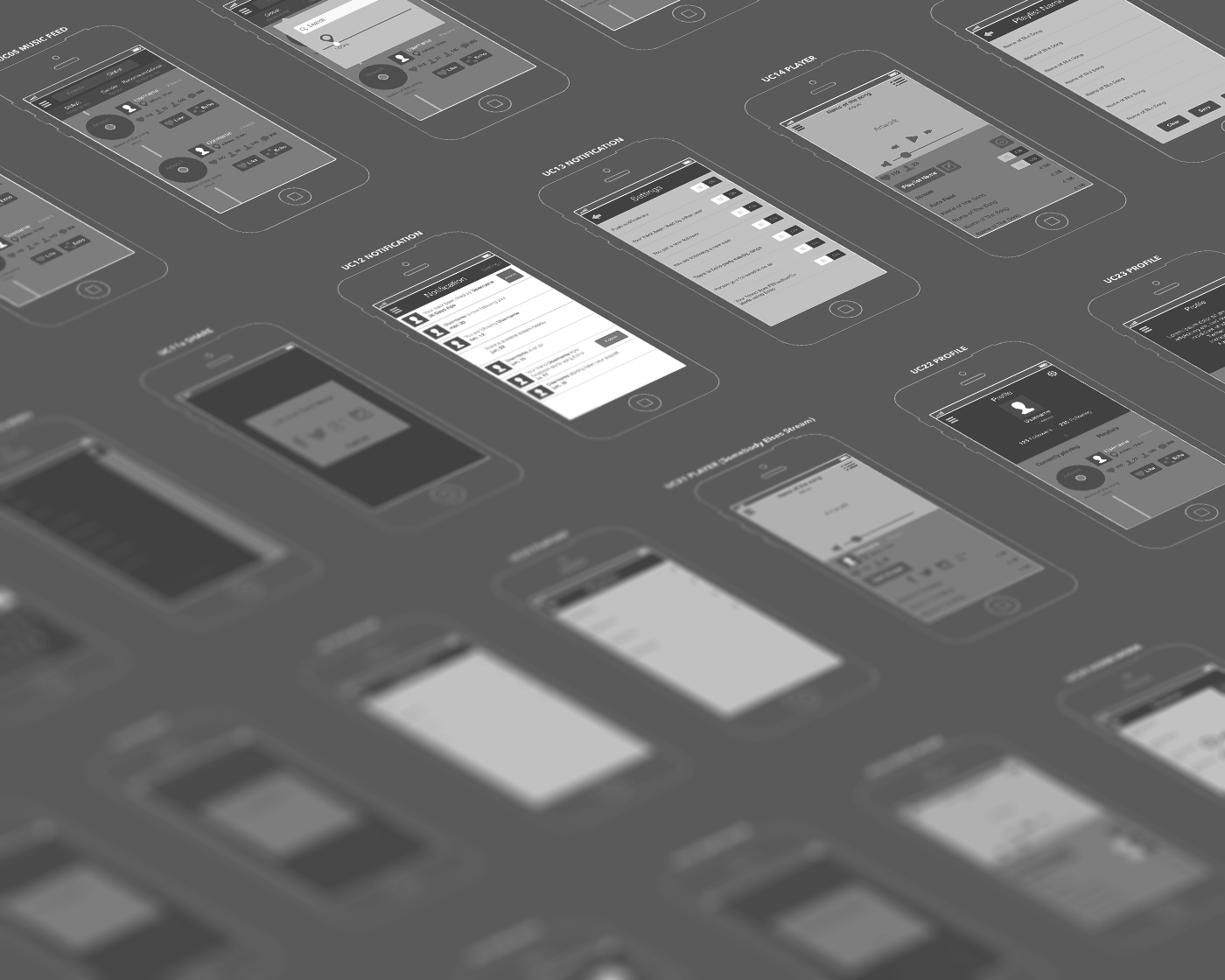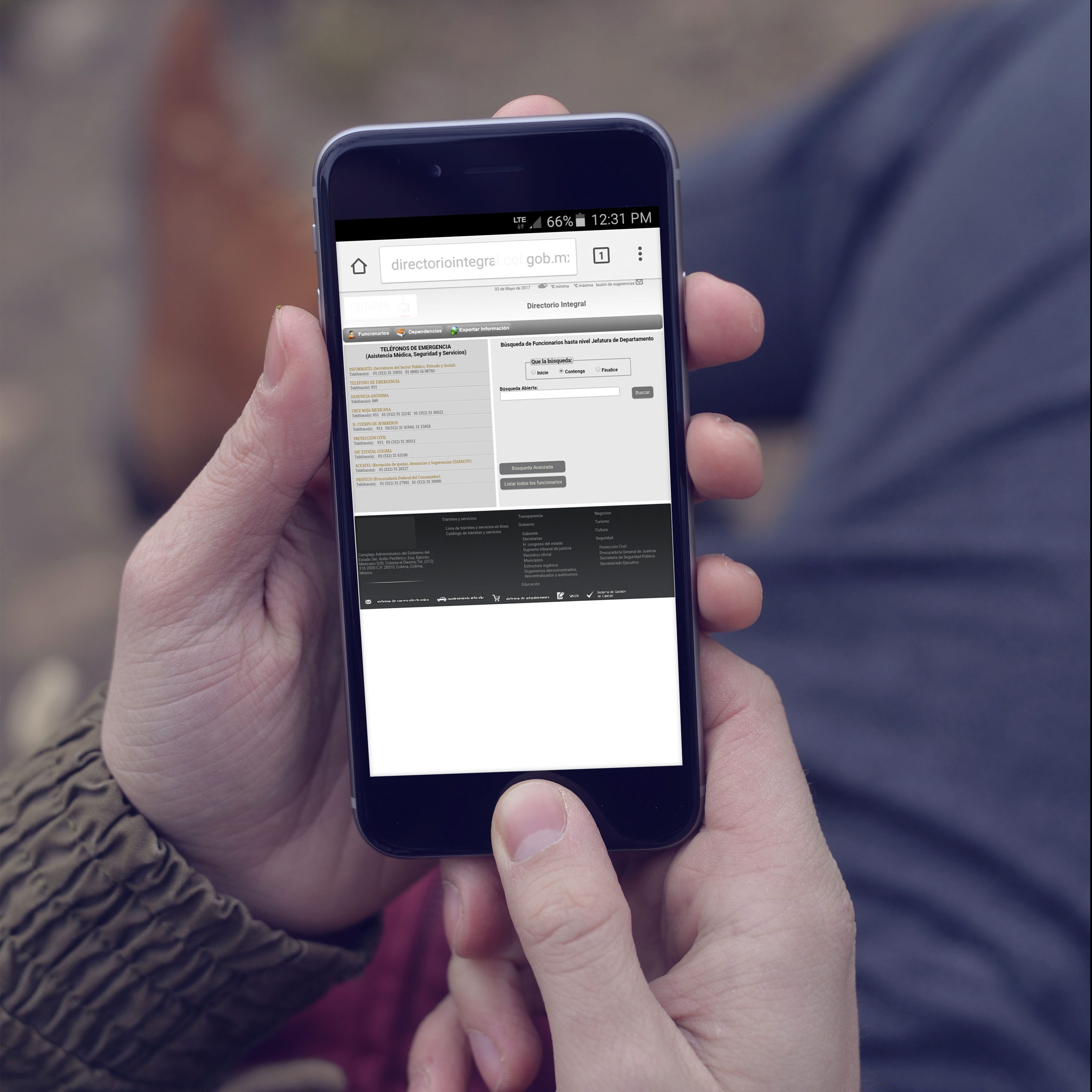Do you remember the first cell phones? When the most important feature was to make a call? Then SMS messages came, RGB screens appeared, and before we could imagine, the cell phone evolved. It transformed into a smartphone, a portable communication device that is connected to the internet. Now making calls is just one of the multiple functions of this highly “intelligent” phone that apparently has made our lives easier, including our shopping dynamic.
Today, mobile devices have a huge impact on ecommerce sales. Based on an interview made by MagmaLabs to big worldwide brands, I corroborated the studies that I found on the internet, regarding the conversion rates between Mobile and Desktop. This is what I found:
- Normally the user will access the ecommerce site on a mobile device (5 to 1)
- When a user makes a purchase this is the conversion rate:
- Conversion Rate Desktop 2.0%
- Conversion Rate Mobile 0.3%
Which is the reason? Looking at these results we have these hypotheses:
– The transformation of the site in a “responsive” and restored user experience just shows the information apparently compressed.
– Mobile has a more restricted space against Desktop, so the user prefers to fill a form with bigger spaces to avoid most errors.
Responsive design isn’t the same as adaptive design and better yet the design of a mobile app.
You can’t simply squeeze a desktop design into a mobile layout and expect it to have a good experience since they are both so different regarding screen size, use context, etc. Thinking behind execution is very different and mobile design has a higher level of complexity compared to desktop because there are a lot of functionalities they don’t share.
Another challenge you face when designing for mobile ecommerce, is the adaptation of a wide range of screen sizes and resolutions, plus making it functional and user-friendly though all platforms.
For this reason, I took the task of reading about best practices for mobile ecommerce development, because even though it seemed to be easy and responsive, users are so inclined to use their mobile that they become more and more demanding with the experience, and it becomes very hard to appear in their list of favorite applications or websites.
If we want to improve user experience and increase ecommerce conversion rates on mobile devices, we must be very careful and thoughtful in the UX/UI Design of the site or app. This is why in MagmaLabs, we always consider these 5 key points in ecommerce mobile design to develop each project for our clients.
1. The target. Who you are designing for
Knowing the end user will give you the proper answers to detect their necessities and develop in the base of that solution. Learn what they like, what frustrates them, what are their preferences and tendencies. All that information will teach you how to persuade him and accomplish the right goal.
There are a lot of methods to get to know the user, you can do interviews, focus groups, segment analysis among others, you can even create personas.
The most important thing is to really understand who the user is, in order to know how to win them over.
2. Key goals of the user
¿What is the goal that the user is trying to accomplish? Map the flow according to the activities that will guide the user to finishing their quest. You should do this by designing the easiest track for them to prevent them from making mistakes, taking the wrong paths or getting distracted at all. In that way, you will provide the best shopping experience.
3. Careful with chaos
It’s very easy to end up in chaos when you do not have the right focus and end up creating a thousand solutions for every action the user is trying to do. It’s better to maintain a simple and direct flow that goes straight to the goal. Make sure the user needs to accomplish the least amount of steps to get a task done. Give the user small chunks of information that they can digest and are easy to read.
4. Maximize the mobile experience
Creating a mobile experience can be easy but you have to focus on making it unique. Try to make the most out of the mobile environment: Remember you have GPS, digital camera, microphone and a touch screen. This features, when used at their maximum for interaction with the user they can make a huge difference, but remember to always look out for usability. You must know the different operating systems because the structure is very different from an iOS platform and an Android platform, the arrangement of menus, the shortcuts and native controls of the interface.
5. Testing Time
You must test your product constantly and don’t wait until it’s finished because you will have to start all over again once you know the test results.
Do user testing when the design is on its wireframe stage, not when you start thinking about styles. After that, start testing higher quality prototypes so you can discover new reactions from the users.
Once you have done that, you can now paint the facade and make the user fall in love with your product. In that way, you avoid losing time and money by creating a product that your users may not like.
When you develop an ecommerce site, it’s better to think in mobile first. You can create a better user experience from a mobile perspective, considering that its traffic rate is higher than desktop. Also, remember to follow good practices in UX/UI Design in order to achieve higher ecommerce conversion rates and the best online shopping experiences.
